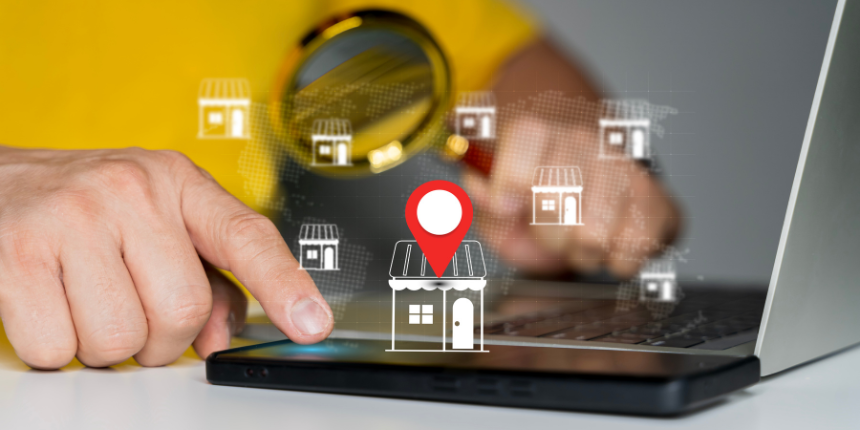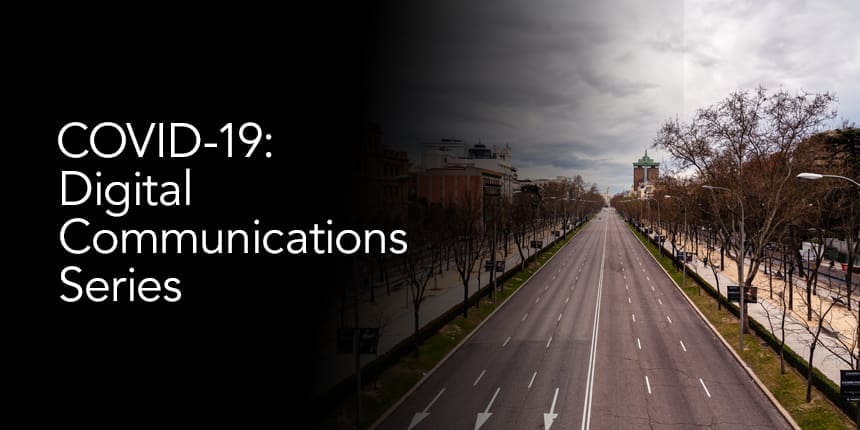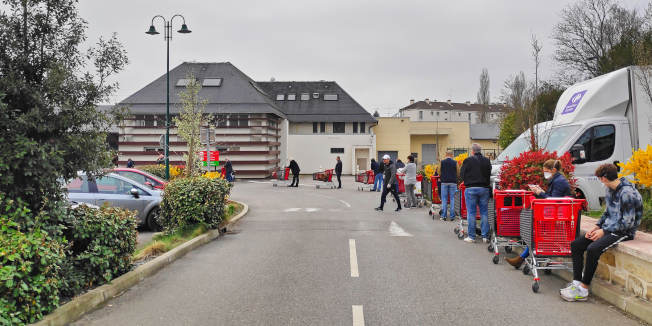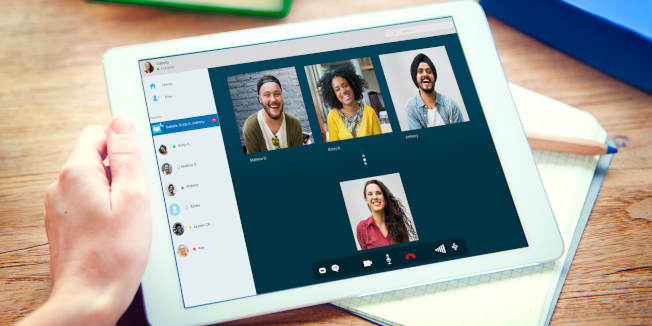
Maximize your local presence through strategic location management.

While COVID-19 is quickly spreading across North America, we are (hopefully) close to the peak of it in Italy and Spain. With full lockdowns in place to maximize social distancing and fines for people leaving their homes without authorization, the public is experiencing disruption on a scale that’s inducing panic—but also unexpectedly positive community behavior.
Businesses have also been turned upside down in a very short space of time, especially independent stores and large brands with distributed local footprints. So what, exactly, is happening to the public’s shopping habits? And how are businesses responding? Let’s examine what’s happening in Europe to help North American businesses get ready for what’s coming.
After the initial outbreak in China, other countries were on high alert to prevent the coronavirus spread. Italy announced the first lockdown for 50,000 people on 22 February, when there were only 79 confirmed cases in the country. Just 10 days later, there were more than 2,500 cases and 79 people had died. Five days after that, 16 million people were in lockdown. Spain announced its national lockdown on March 14.
It shows how fast the situation can change. In less than two weeks, both countries changed from “we will find a way to handle this” to a full restriction on freedom of movement. This rapid change caught the general public and especially marketers by surprise: one day it’s a news story, the next day your entire business is thrown into disarray.
Don’t wait for government announcements, because by then it will be too late. The outbreak in North America is already far more advanced than the equivalent situations Spain and Italy when lockdowns were announced.
Plan for different restriction scenarios, from simple social distancing measures to full lockdowns. What will be the worst-case scenario for your business, and how can you minimize the effect? What can you do today to prepare for tomorrow? In short, prepare to digitize fast and use third-party or simple platforms to plug into your services.
The moment the lockdown is announced, panic-buying quickly settles in. But this phenomenon is not restricted to supermarkets only: people want to quickly buy DIY products while they still can… or go to the hairdressers… or order a games console. But are these products and services still available?

Consumers mainly resort to online resources to find the answers. In Spain, for example, searches for online delivery-related keywords increased more than 50% in the first three days after the lockdown was announced.
The role of businesses at this point is to quickly reassure their customers that they still exist and will do everything they (legally) can to service their customers. Restaurants may be able to explain that they are closed to diners but available for takeout and delivery; dentists can still take bookings, but only for emergency procedures; homeware brands can still sell DIY products online.
Regularly update your local listings with your latest opening hours, closures, and restrictions. On Google My Business (GMB), use Google Posts to highlight specific announcements for each of your store locations.
If the pandemic is affecting some of your locations more than others, add prominent messaging to each local page outlining the impact for that location. Communicate product or service availability on your homepage and via CRM channels (e.g. email). You may even consider using digital display as a replacement for out-of-home advertising.
As soon as people lock themselves in their homes, they start to crave for social interactions. Very quickly, digital communities are established to help the most vulnerable in their area to cope with the lockdown. From organizing their shopping to helping with doctor visits, in no time there is an army of people prepared to help.
Soon enough, some brands start doing the same. Whether it’s free food for medical staff, special shopping hours at supermarkets for the elderly, or dedicated dental services for still-active workers, businesses should want to contribute to the fight against the virus. These contributions are widely shared and applauded on social media.
Identify how your brand can contribute to the fight against COVID. From local community initiatives to bigger national projects, use your platform to help the nation win. And don’t do it in a self-serving way—any seemingly cynical initiative will live long in the memory for consumers. Instead, do it because your contribution can genuinely make a difference.
People adapt to their new reality fast by establishing new behaviors, especially online. We have seen “virtual parties” become popular (with lots of “quarantine hugs”), as well as home exercising and growing interest in online education.

Obviously traditional domestic activities like DIY, home cooking, and spring cleaning (out) will also experience renewed interest during lockdown, which means relevant brands in this space could see significant business growth. Further into the future, people will be eager to spend after being cooped up—especially those people fortunate enough to keep their jobs during this period, who will be sitting on disposable income and a burning desire to get back to their normal existences.
Subscribe to our monthly newsletter.
Marketers need to think about how to bring their brands into the homes of those millions of consumers shut inside. People are craving social interactions and brands can help fulfill this desire by creating fresh new experiences that fit this new reality—from digital gatherings to interactive shopping events, with product experts answering customer questions in real time. Now is the time to experiment with interactive channels or other digital platforms, engage influencers, and develop these into measurable sales channels.
We have not reached this point yet, but people as well as brands will start talking about the moment “we are going back to normal”. There is a lot of debate about when this will happen, and there’s also a lot of discussion about what this new normal will look like.
There may be some shifts in spending behavior, but the priority for almost every business will be to recover lost ground. That’s why it’s important to start preparing now. In fact, some brands are already focusing on strengthening their content strategies to have stronger visibility in organic search, while others are improving their online service offering as they learn from hard realities in the current crisis.
The pandemic is revealing truths about your business—so put them to good use. Evolve your sales offering based on your most recent customer data; strengthen your online presence; build a more robust local ecosystem to react faster to local realities.
Whenever the current restrictions are eventually lifted, a huge spend and sales spike can be expected across most categories. How will you ensure you recover faster than your competitors? What will your activation plan look like from day one? And how can you quickly adjust it to competitor responses and changing local realities?
COVID-19 is spreading fast and will significantly impact lives and businesses across North America. But by learning from what is already happening in Europe and preparing your business for various scenarios as early as possible, you will have a much better chance of emerging from this crisis with minimized losses and a stronger sense of purpose.
Can we help? We’re always listening and—as always—we’re only a form fill away.
Maximize your local presence through strategic location management.
Maximize your local presence through strategic location management.
Subscribe to our monthly newsletter.